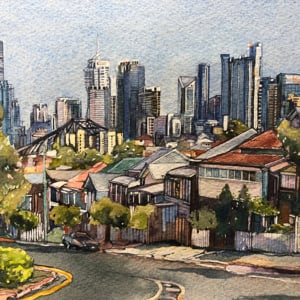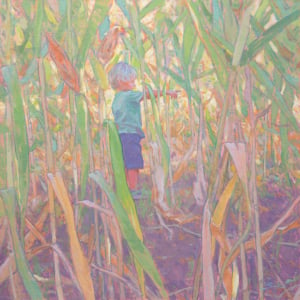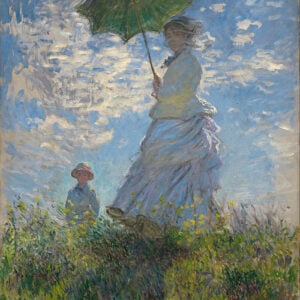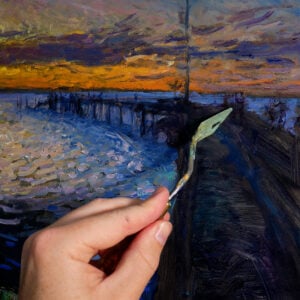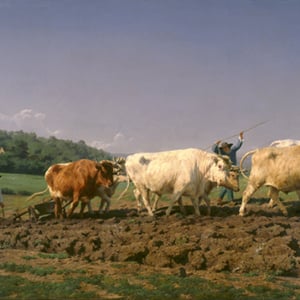Let’s explore some of the most significant modern art movements and their key characteristics.
1872 – 1892 Impressionism
Masters of color and light. Marked a radical departure from the realistic academic painting that had dominated the eras prior. Key artists: Claude Monet, Pierre-Auguste Renoir, Camille Pissarro, Edgar Degas, Edouard Manet, Mary Cassatt. Learn more about Impressionism…
“When you go out to paint try to forget what object you have before you – a tree, a house, a field or whatever. Merely think, here is a little square of blue, here an oblong of pink, here a streak of yellow, and paint it just as it looks to you, the exact color and shape, until it emerges as your own naive impression of the scene before you.” Claude Monet
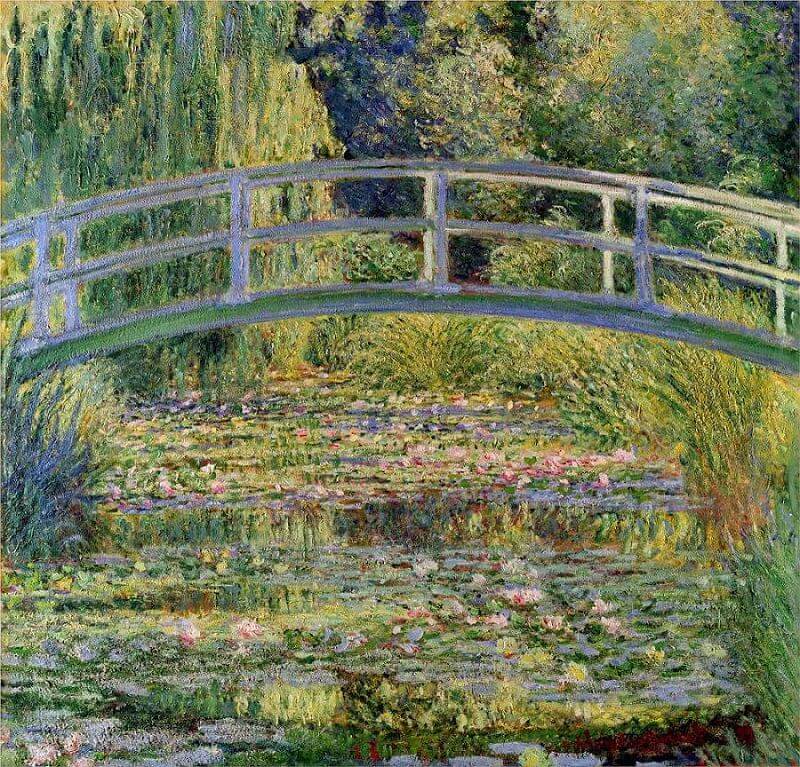
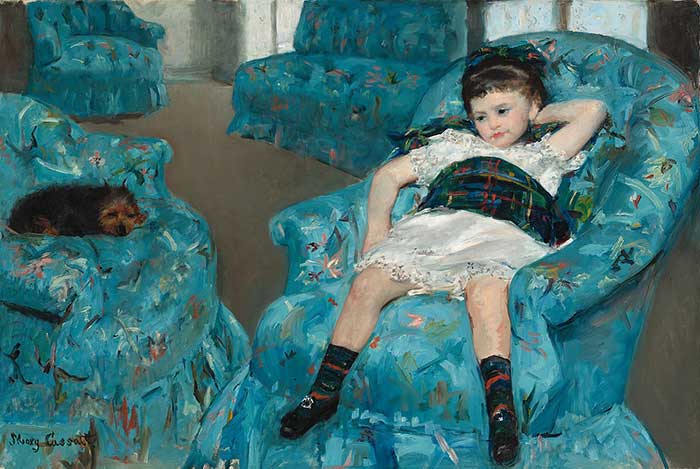
The early 1880s – 1914 Post-Impressionism
Emphasis on symbolic content and the artist’s interpretation of the world. Post-impressionism shared many of the characteristics of Impressionism such as the use of vivid colors, expressive brushwork and everyday subjects. But there seemed to be a focus on distorted forms, geometric shapes and unnaturalistic colors to depict emotions and feelings. Artists often used the pointillism technique, which involved placing small dabs of distinct color. Key artists: Paul Cézanne (the “father of Post-Impressionism”), Vincent Van Gogh, Paul Gauguin, Georges-Pierre Seurat, Paul Signac.
“I dream of painting and then I paint my dream.” Vincent van Gogh


1905 – 1910 Fauvism
Characterized by unusual color combinations, bold brushwork and distorted subjects. “Fauve” means “wild beast” in French, which is an accurate reflection of the work produced by the Fauvists. Key artists: Henri Matisse, André Derain, Maurice de Vlaminck, Kees van Dongen. Learn more about Fauvism…
“We move towards serenity through the significance of ideas and form … Details lessen the purity of lines, they harm the emotional intensity, and we choose to reject them. It is a question of learning – and perhaps relearning the ‘handwriting’ of lines. The aim of painting is not to reflect history, because this can be found in books. We have a higher conception. Through it, the artist expresses his inner vision.” Henri Matisse

1905 – 1933 Expressionism
Expression of emotions and ideas, rather than the observable world. Utilized intense colors and simplified shapes. Key artists: Ernst Ludwig Kirchner, Käthe Kollwitz, Wassily Kandinsky, Edvard Munch. Learn more about Expressionism…
“The German artist creates out of his imagination, inner vision, the forms of visible nature are to him only a symbol.” Ernst Ludwig Kirchner
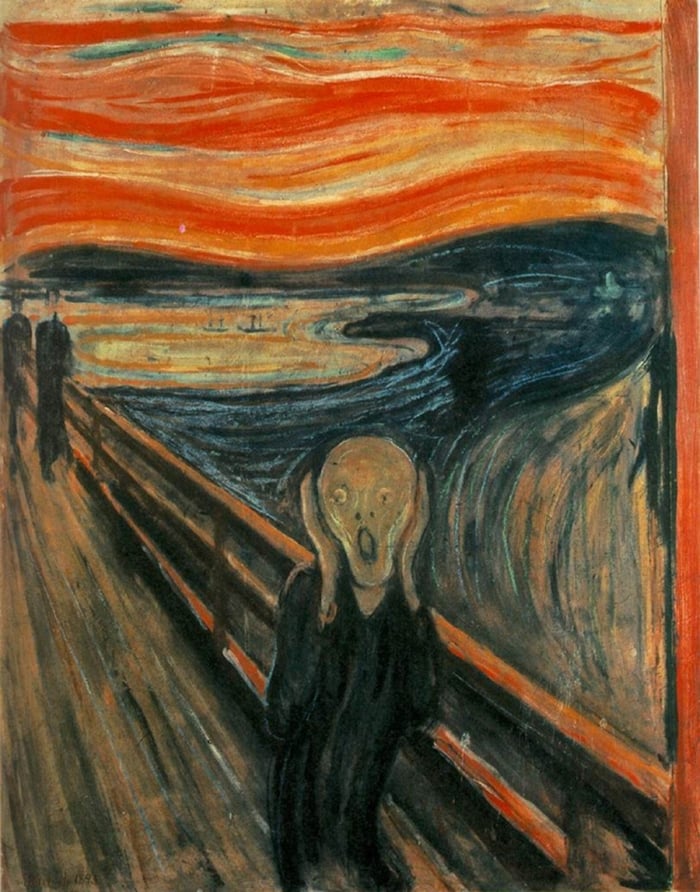

1907 – 1922 Cubism
Focused on abstraction and geometric shapes, rather than space, perspective and realistic rendering. Key artists: Pablo Picasso, Georges Braque, Juan Gris, Fernand Léger.
“Cubism is not a reality you can take in your hand. It’s more like a perfume, in front of you, behind you, to the sides, the scent is everywhere but you don’t quite know where it comes from.” Pablo Picasso
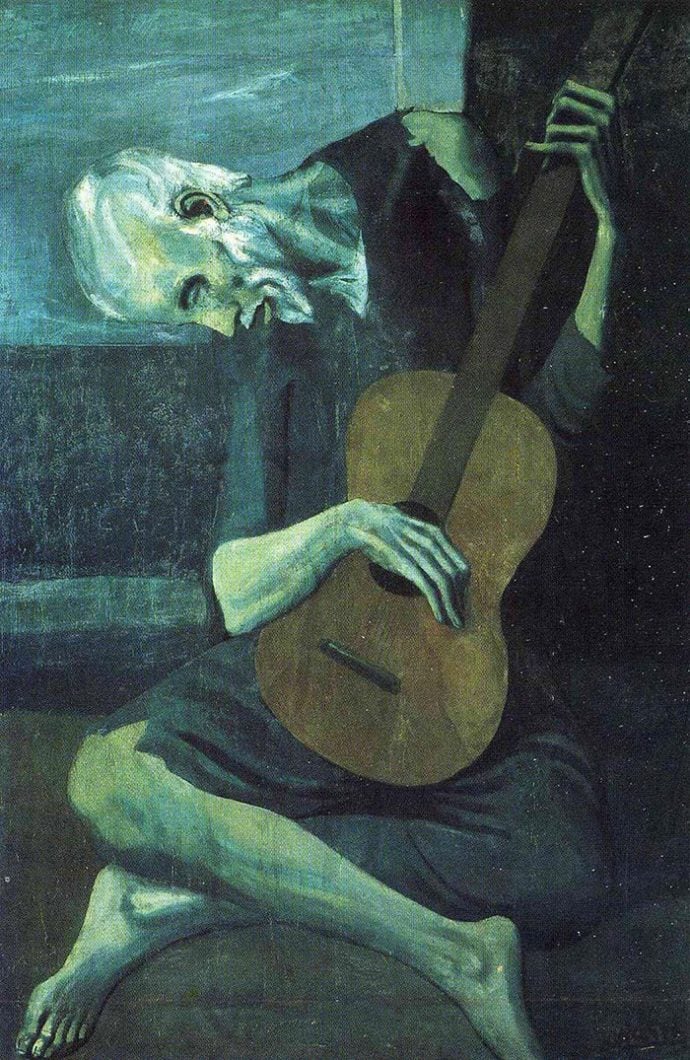

1909 – late 1920s Futurism
Celebrated modern technology and the machine age. Futurism initially had no identifiable style, unlike earlier movements of Impressionism and Expressionism. But it later showed influence from the Cubism movement. Key artists: Umberto Boccioni, Carlo Carrà, Giacomo Balla, Natalia Goncharova.
“Especially for us Italians, everything modern is synonymous with ugliness.. To a Venetian, Florentine, or Roman the modern movement is an aberration that must be fled from after first deriding or deploring it… Its is precisely this constant, disgraceful antagonism between past and present that is responsible for our political, social, and artistic weakness.” Umberto Boccioni
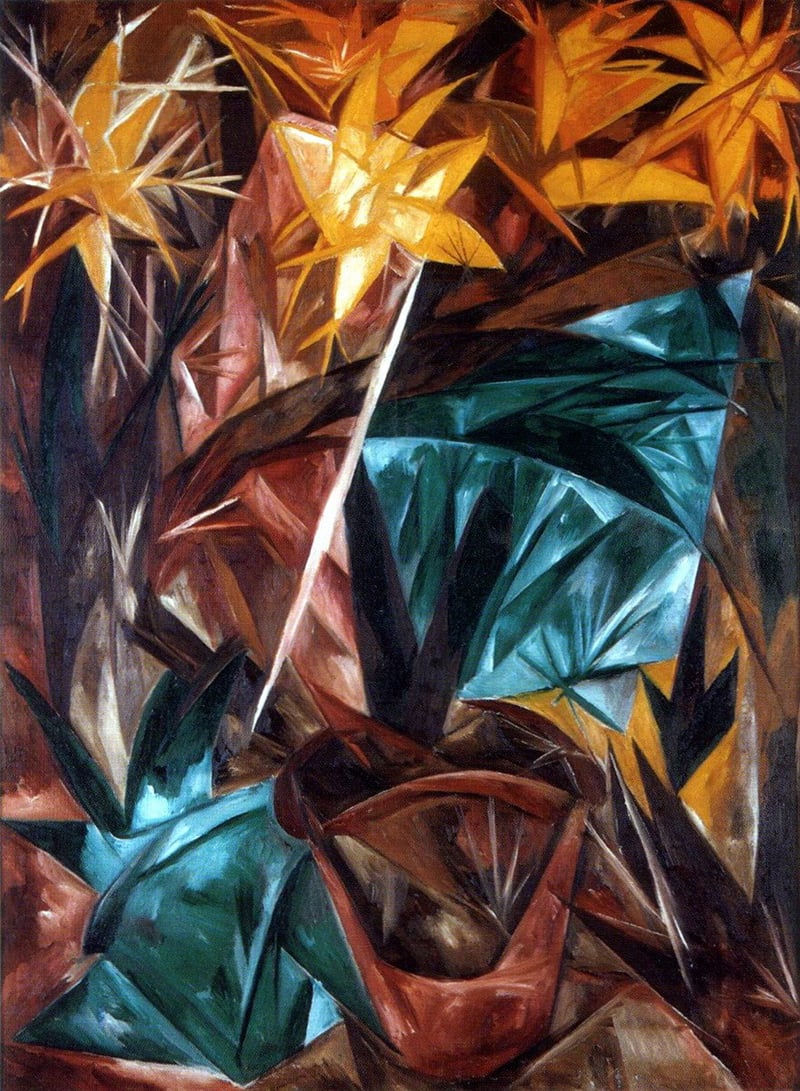
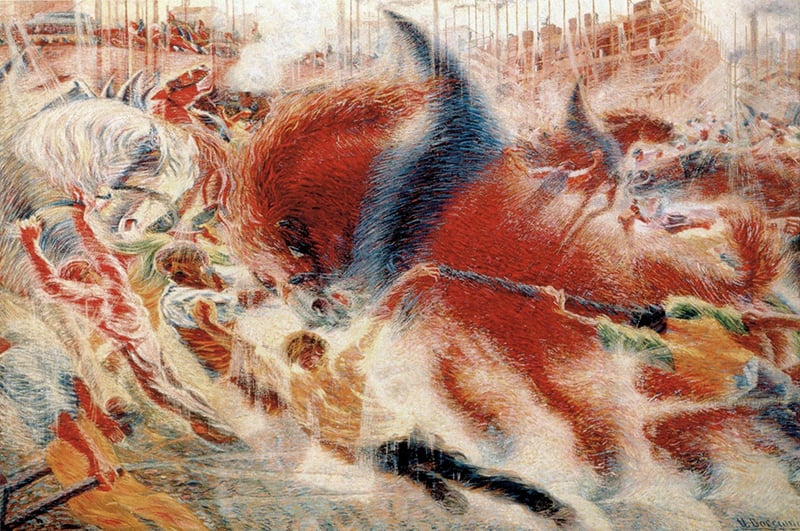
1913 – late 1920s Suprematism
Founded by Kazimir Malevich in Russia, the movement sought for the ‘zero degree’ of painting, being the maximum point of abstraction beyond which art would cease to be art. It focused on basic geometric shapes such as circles, squares, rectangles and lines. Malevich believed that Suprematist art would be superior to all art of past movements. Key artists: Kazimir Malevich, El Lissitzky, Olga Rozanova, Lyubov Popova.
“I reduced painting to its logical conclusion and exhibited three canvases: red, blue, and yellow. I affirmed: this is the end of painting.” Alexander Rodchenko

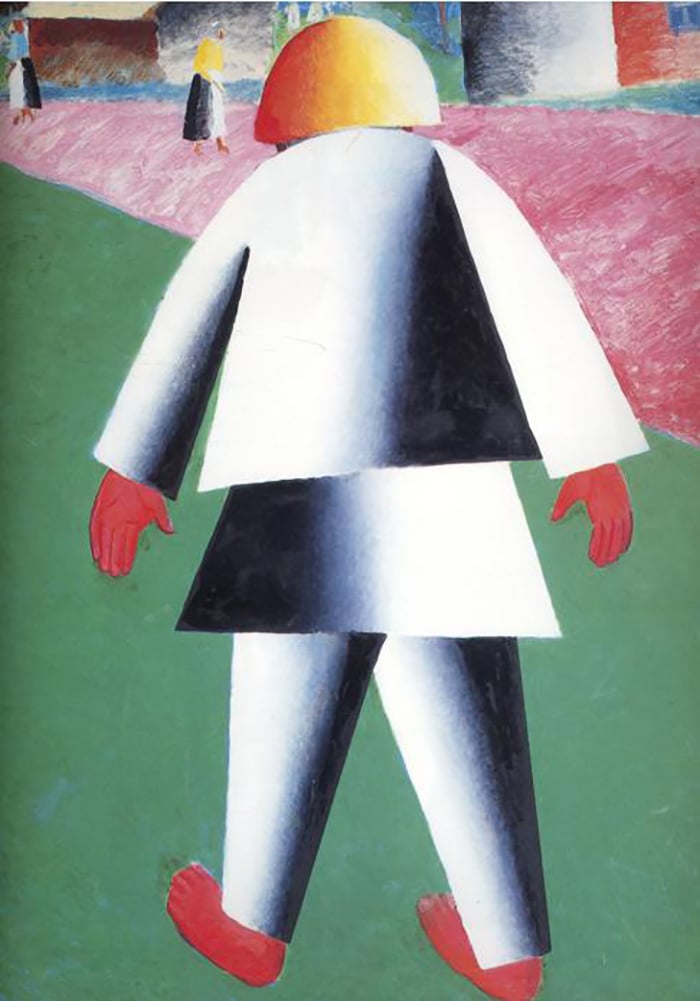
1917 – 1931 De Stijl
Dutch for “the style”. The movement focused on geometric forms and primary colors. It seemed to be influenced by the Cubist movement. Key artists: Theo van Doesburg, Piet Mondrian, Vilmos Huszar, Gerrit Rietveld
“Why should something that no one finds strange in music, be impossible in the art of painting/sculpture? By comparing works of art that do not represent an object, is in our experience, the most fruitful way of exercising our receptivity for them.” Piet Mondrian

1915-late 1930s Constructivism
An artistic and architectural philosophy which originated in Russia. It sought to replace the focus of traditional artists on composition with construction. There was an emphasis on the nature of art materials and their constructive capabilities. Instead of creating art to express beauty or to communicate the artist’s outlook, Constructivists created art for the common good. They tested the forms and capabilities of materials with a view that their findings may lead to the development or improvement of functional objects. Key artists: Vladimir Tatlin, Alexander Rodchenko, Varvara Stepanova, Aleksandra Ekster, Lyubov Popova
“Art must not be concentrated in dead shrines called museums. It must be spread everywhere – on the streets, in the trams, factories, workshops, and in the workers’ homes.” Vladimir Mayakovsky
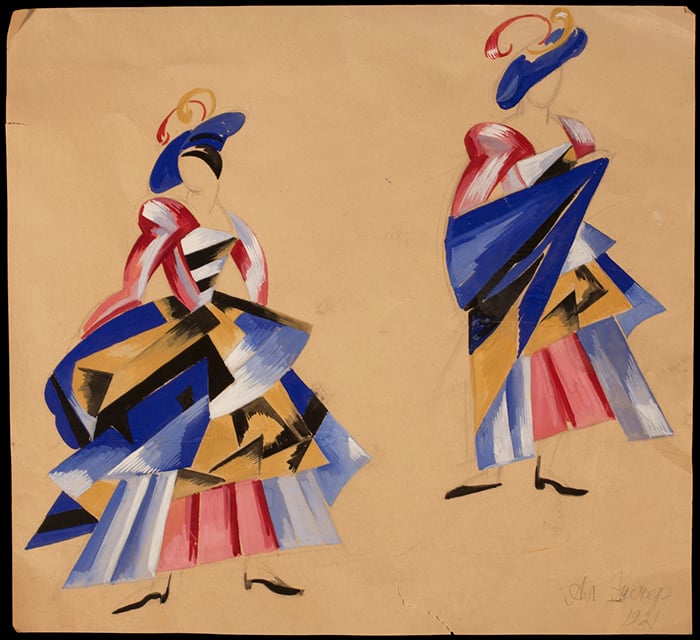
1916-1924 Dada
Originated in Zürich, Switzerland and sought to question the purpose of art and the role of the artist. It had no focus on capturing the beauty of the observable world or the artist’s outlook. Artists often presented everyday objects as art to challenge the traditional views on ‘what is art’. Key artists: Francis Picabia, Hugo Ball, Hans Arp, Tristan Tzara
“The beginnings of Dada, were not the beginnings of art, but of disgust.” Tristan Tzara
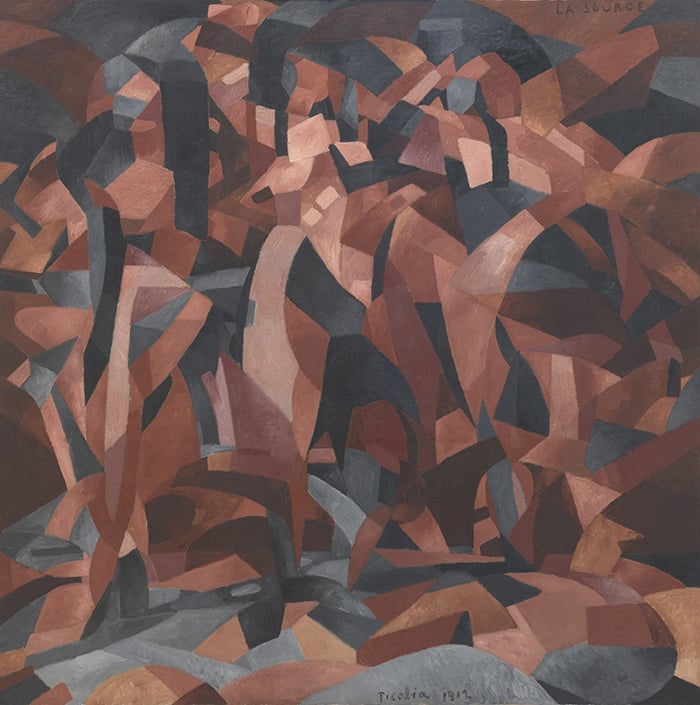
1924-1966 Surrealism
Depicted dreams, fantasies and the unconscious state. Often incorporated the juxtaposition of incompatible elements. Key artists: Joan Miró, Salvador Dalí, René Magritte, André Breton, Yves Tanguy, Frida Kahlo, Max Ernst, Méret Oppenheim
“Surrealism is destructive, but it destroys only what it considers to be shackles limiting our vision.” Salvador Dalí
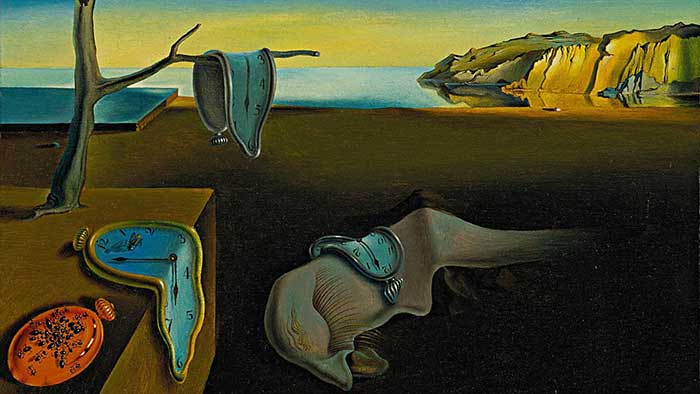
1943 – 1965 Abstract Expressionism
Characterized by pure abstraction and expression without form. Large blocks of color and drip painting were often used. Key artists: Willem de Kooning, Clyfford Still, Mark Rothko, Jackson Pollock
“To us, art is an adventure into an unknown world of the imagination, which is fancy-free and violently opposed to common sense.” Adolf Gottlieb, Barnett Newman, and Mark Rothko
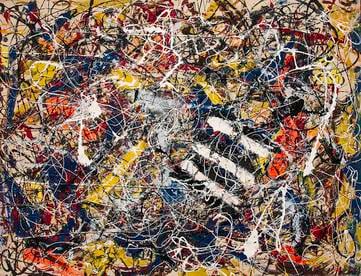
Mid-1950s – early 1970s Pop Art
Sought to blur the line between high art and low culture. Focused on consumerism, repetition and the commodification of art. Key artists: Andy Warhol, Roy Lichtenstein, Claes Oldenburg, James Rosenquist, Richard Hamilton
“Everything is beautiful. Pop is everything.” Andy Warhol
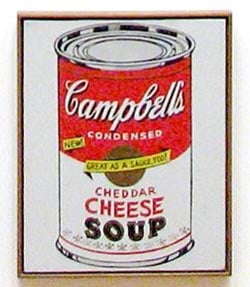
Early 1960s – late 1960s Minimalism
Avoided emotional content and focused on the materiality of art, geometric shapes and space. Blurred the lines between painting and sculpture. Summary: Frank Stella, Tony Smith, Carl Andre, Richard Serra, Dan Flavin
“Making art is complicated because the categories are always changing. You just have to make your own art, and whatever categories it falls into will come later.” Frank Stella
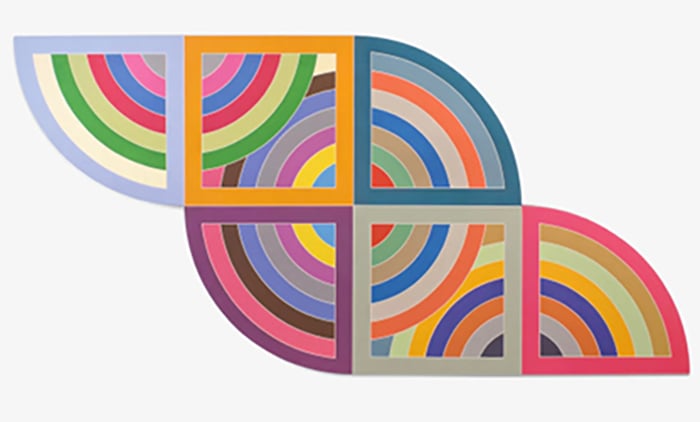
Mid-1960s onwards Conceptual Art
Believed the idea (or concept) behind the artwork is more important than the artwork itself and that aesthetic, rarity and skill are not a measure of art’s value. The use of simple materials and texts showed influence from Minimalism. Key artists: Joseph Kosuth, Walter de Maria, John Baldessari, Sol LeWitt, Joseph Beuys
“All of the significant art of today stems from Conceptual art. This includes the art of installation, political, feminist, and socially directed art.” Sol LeWitt
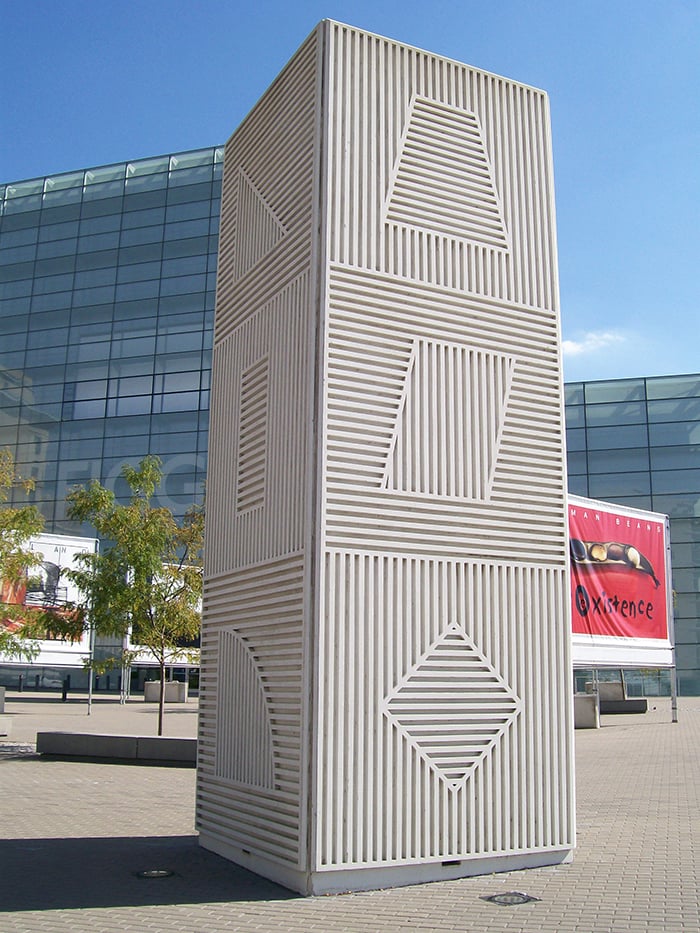
1974-1984 Pictures Generation
Focused on the critical analysis of mass media. The movement involved a variety of media including photography and film. The reworking of popular images drew into question the issue of authorship. Key artists: Cindy Sherman, Barbara Kruger, Robert Longo, Richard Prince
“I could never figure out why photography and art had separate histories. So I decided to explore both.” John Baldessari

Late 1970s – early 1990s Neo-Expressionism
Made use of textural and expressive brushwork to paint raw and brutish depictions of the subject. Involved the return of historical and mythological imagery. Key artists: Georg Baselitz, Julian Schnabel, Francesco Clemente, Jean-Michel Basquiat
“Unlike the expressionists, I have never been interested in renewing the world through the vehicle of art.” Georg Baselitz
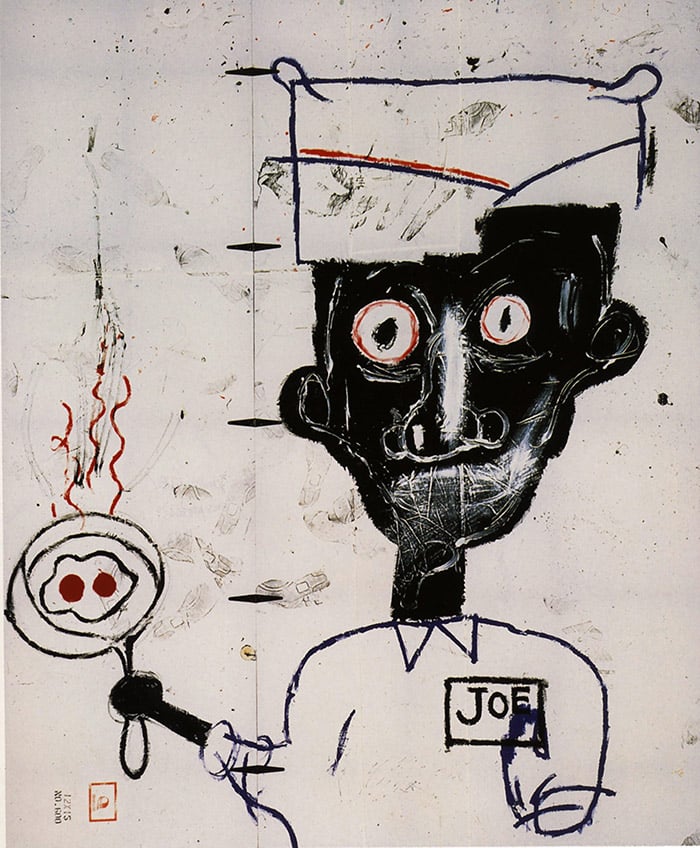
Want to Learn More?
You might be interested in my Painting Academy course. I’ll walk you through the time-tested fundamentals of painting. It’s perfect for absolute beginner to intermediate painters.
Thanks for Reading!
I appreciate you taking the time to read this and I hope you found it helpful. Feel free to share it with friends.
Happy painting!
Dan Scott

Draw Paint Academy

